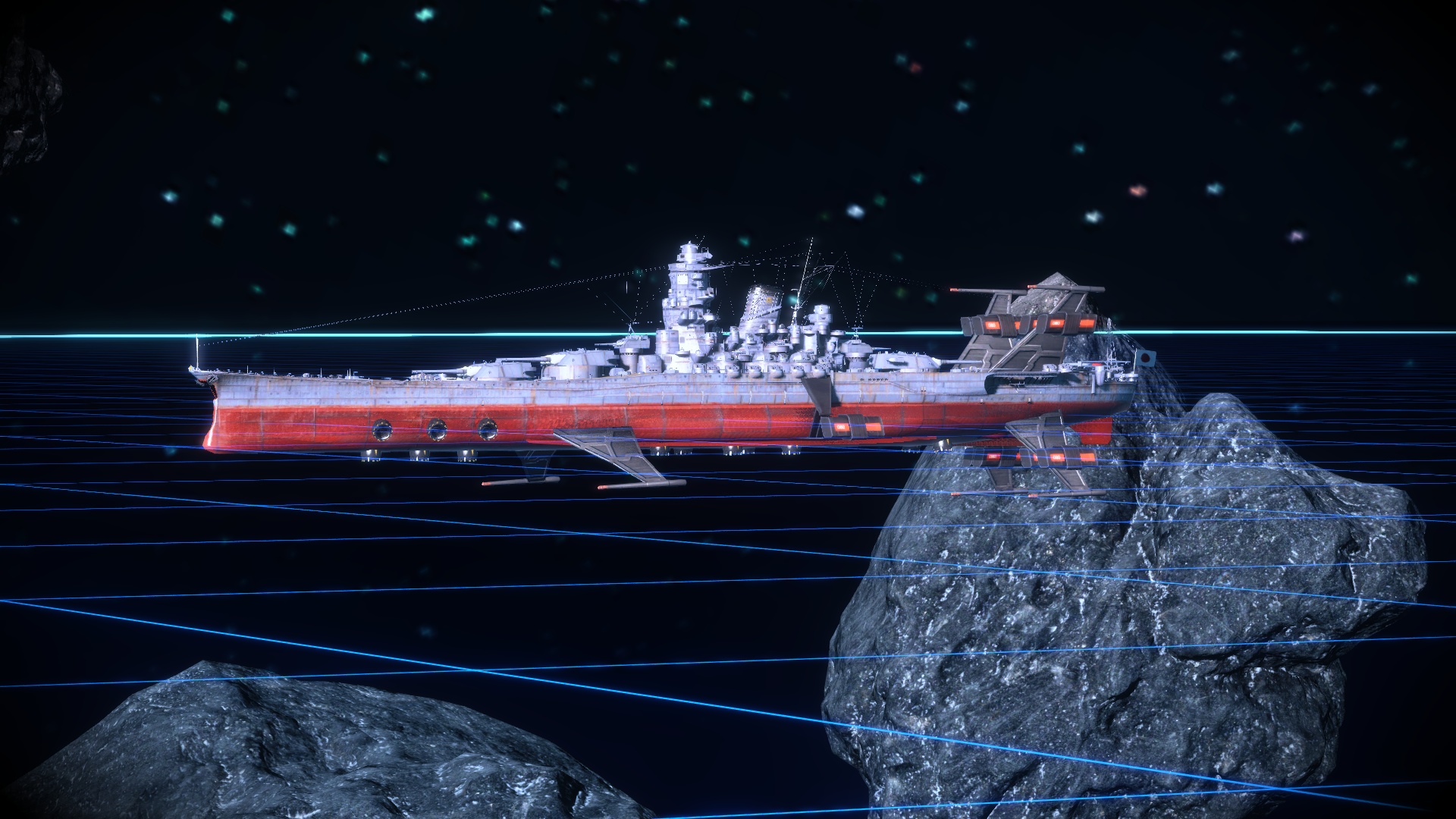

FTL systems can be brought to readiness in under a minute, sometimes a lot less.I'm going with anti-gemoetry weapons for the main battery point defenses and close ins vary from ship to ship: Lasers, masers, mini-missiles, gravity-flank, and projectiles all appear in places.


This puts a soft limit on effective range based on the target maneuverability.Ī typical range for battleship combat is 300,000 km, but battles that relied on volume of fire, or luck, have been fought at ranges an order of magnitude higher. The battleships' weapons and sensor packages can be considered extremely precise, and the main cause of missed shots is that the propagation of weapon bolts (shall we just call them lasers for now?) are limited to the relativistic constant, c, which permits target ships to take evasive maneuvers. The battleships' primary role is to blaze away at other big ships from the longest possible range they can reliably hit their target. What formations may be used in stellar combat where capital ships face attack from any direction with little to no forewarning, can take significant amounts of damage before going down, and can rapidly bring fire to bear on any vector?įaster than light travel is readily available to all ships, but ships can neither fire from nor reliably detect targets at FTL speeds. Modern armour is highly mobile and faces hard hitting weapons, so irregularly disperses its units to minimize the effect of hostile fire and facilitate rapid maneuvering. Sailships used lines astern effectively focus the side mounted weapons of all the ships in combat. Historical, combat formations have been dictated by the capabilities of the combatants: classical century infantry had limited mobility and range, so dense lines and blocks of troops were commonplace. The science fiction militaries of my latest project field large numbers of space faring battleship style capital ships.


 0 kommentar(er)
0 kommentar(er)
